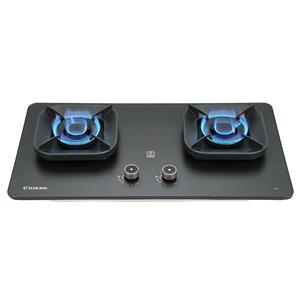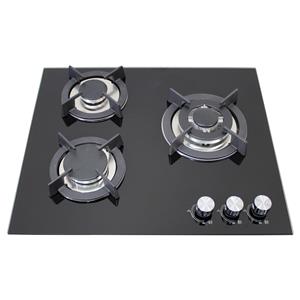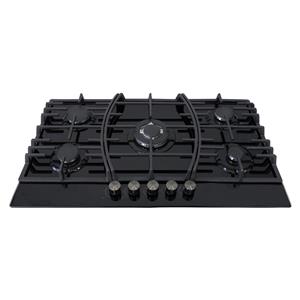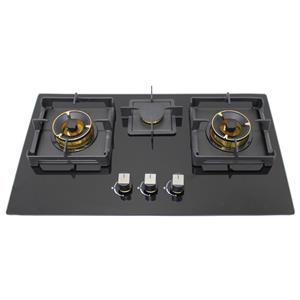CITIN’s Extreme Climate Lab: Where Range Hoods Face -40°C Arctic Blasts and 150°C Desert Heat
How Our Thermal Torture Chamber Ensures Your Kitchen Hood Performs from Siberia to the Sahara?
What do the icy kitchens of Norway and scorching stovetops of Dubai have in common? Every CITIN range hood destined for these regions survives a simulated journey from arctic freeze to desert inferno—before it even leaves our lab. Today, CITIN unveils its High-Low Temperature Testing System, a climate chamber where cooker hoods are pushed to their limits to guarantee flawless real-world performance.
-40°C to 150°C: Why Extreme Testing Defines True Reliability
While consumers see sleek designs and powerful suction, CITIN engineers see a product that must endure:
❄️ Frigid Winters: Condensation, motor startup stress, and material brittleness.
? Blazing Summers: Heat-induced expansion, electronic drift, and adhesive failure.
“A kitchen hood isn’t just for perfect climates—it’s for real ones,” says Hu, CITIN’s Thermal Testing Lead. “Our chambers replicate Alaska cold and Arizona heat because ingredients sizzle everywhere, and CITIN hoods must keep up.”
Inside the CITIN Climate Lab: From Deep Freeze to Blazing Heat
?️ Step 1: Parameter Customization
Each CITIN range hood undergoes tailored testing based on its target market.
Example: A cooker hood for Scandinavian markets cycles between -40°C (Arctic cold) and 40°C (summer peak).
⏱️ Step 2: Ramp Testing
Hoods experience gradual temperature shifts (e.g., -40°C → 150°C over 2 hours) to simulate sudden climate changes.
Dwell Time: 4+ hours at extremes to stress materials and electronics.
? Step 3: Real-Time Monitoring
Sensors track:
Motor Performance: Does the fan start instantly after -40°C freeze?
Seal Integrity: Do gaskets crack or leak after 150°C exposure?
Circuit Stability: Do PCBs resist humidity and thermal drift?
✅ Step 4: Post-Test Validation
Only hoods passing post-test checks (e.g., no airflow loss, no noise increase, no cosmetic defects) earn CITIN certification.
CITIN Technology in Action: The Range Hood Thermal Endurance
In a recent trial, the CITIN kitchen hood survived:
❺ hours at -40°C → immediate cold-start fan activation.
❺ hours at 150°C → zero housing warping or paint blistering.
⓿ performance degradation post-test.
Key Innovation: The cold-forged motor housing and high-temp polymer seals ensure resilience across climates.
What This Means for You
? Global Ready: Whether installed in a Montreal winter or Singapore summer, your CITIN range hood delivers consistent suction and silence.
? No Seasonal Surprises: Avoid fan hesitation on cold mornings or motor overload during heatwaves.
? Longevity Built In: Materials tested beyond real-world extremes outlast standard hoods by years.
See the Science of Survival
Watch our video to witness CITIN hoods enduring climate torture:
From frost-coated fans to heat-chamber stress runs—every test ensures your hood won’t quit when you need it most.
CITIN’s Pledge: Engineering Resilience, Not Just Features
“We don’t just test temperatures; we test trust,” says Liao, CITIN CEO. “Every CITIN cooker hood is a promise: no matter your climate, your kitchen stays smoke-free.”
For Distributors & Developers
We warmly welcome communication to promote in-depth cooperation.
Connect With Our Lab Team:
? sales@citingroup.com




